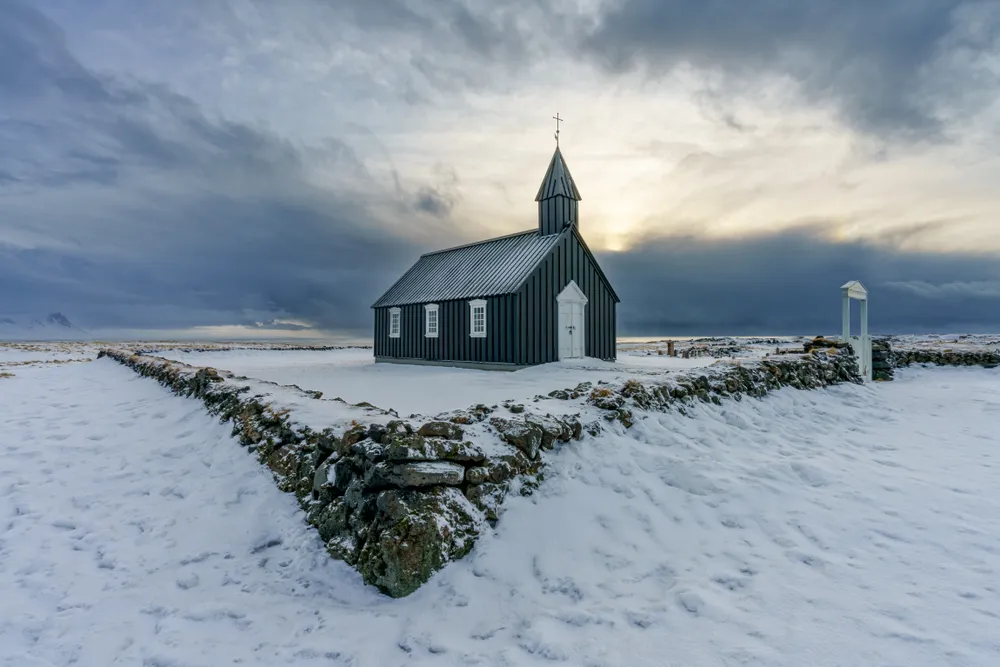Nurseries built from bundles of tree branches may help conserve the freshwater fish in the age of climate change
In French Polynesia, the art of rahui puts everyone in charge of protecting the sea
A new analysis of the annoying critters shows when groups from Asia and Europe hitched rides on human hair and skin to arrive on our continent
New discoveries show how whale diversity exploded after the dinosaurs disappeared
A new show at the National Portrait Gallery focuses on the defenders of Mother Earth over the past 150 years
Primate groups climb to elevation to scout out rivals and steer clear of clashes
Perfumer Mandy Aftel's spellbinding collection of rare essences and artifacts is on display at the Aftel Archive of Curious Scents in Berkeley
Scientists hope new technology and computing power will help them understand destructive twisters
A decades-long project shows how the reptiles are changing the island of Española
Thousands of people flocked to Banner Elk, North Carolina, this year to watch the nation’s biggest woolly worm caterpillar race
A horticulturalist with the New York Botanical Garden provides advice for prolonging the life of your pumpkin
Hunter-gatherers cooked up the alluring pigment in the Eastern Mediterranean 15,000 years ago
Embedded in a cellphone or in accessories such as rings, bracelets or watches, the novel tools aim to make it easier to manage hypertension
Isotopes tell the epic tale of one ancient mammal’s odyssey across Alaska
You’ve got questions. We’ve got experts
Once seen as a menace, the gray-headed flying fox brings new life after recent devastating wildfires
If such changes are in response to climate change, the future may feature more sudden, daunting storms
Scientists have learned a lot since they started sending crafts and rovers to our red neighbor
Hieroglyphic texts suggest they understood the rocks, which contained valuable iron, did not originate on Earth
Dating of a child's fossilized jaw and teeth suggest our relatives lived at altitude earlier than once thought
 The Black Church
The Black Church